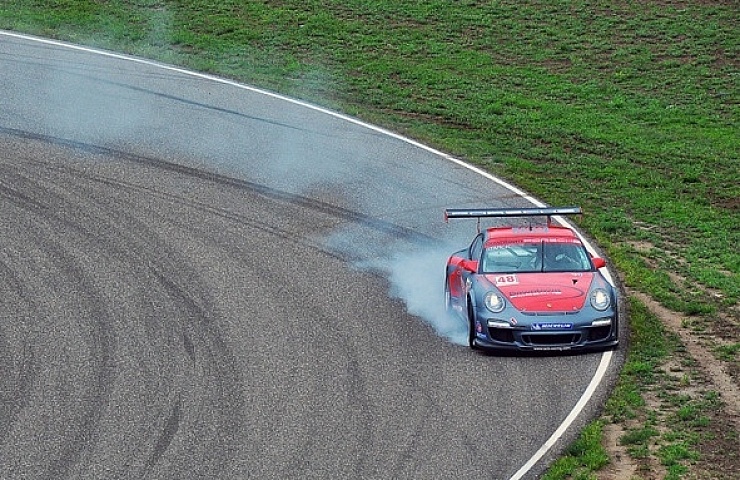Contents
Understeer and oversteer describe two ways a driver can lose tight control of a car—often when driving on slick roads, especially when cornering.
Understeer, sometimes called plowing, occurs when the vehicle doesn’t turn as much as a driver expects based on the movement of the steering wheel. It happens most often in front- and all-wheel drive cars but can also occur with rear-wheel drive—because so many passenger vehicles are tuned for slight understeer.
Oversteer, also called fish-tailing, is just the opposite: the driver turns the steering wheel slightly, and the back of the car cuts loose.
There are two ways to correct these problems. The first is to modify the suspension tuning, and the second is to hone your driving skills. If you have a race-prepared car and own a good set of hand tools and floor jacks, modifying the suspension is a good option. Your toolkit needs to include a good tire pressure gauge, tire pyrometer for measuring tire temperatures, and tire toe alignment plates.
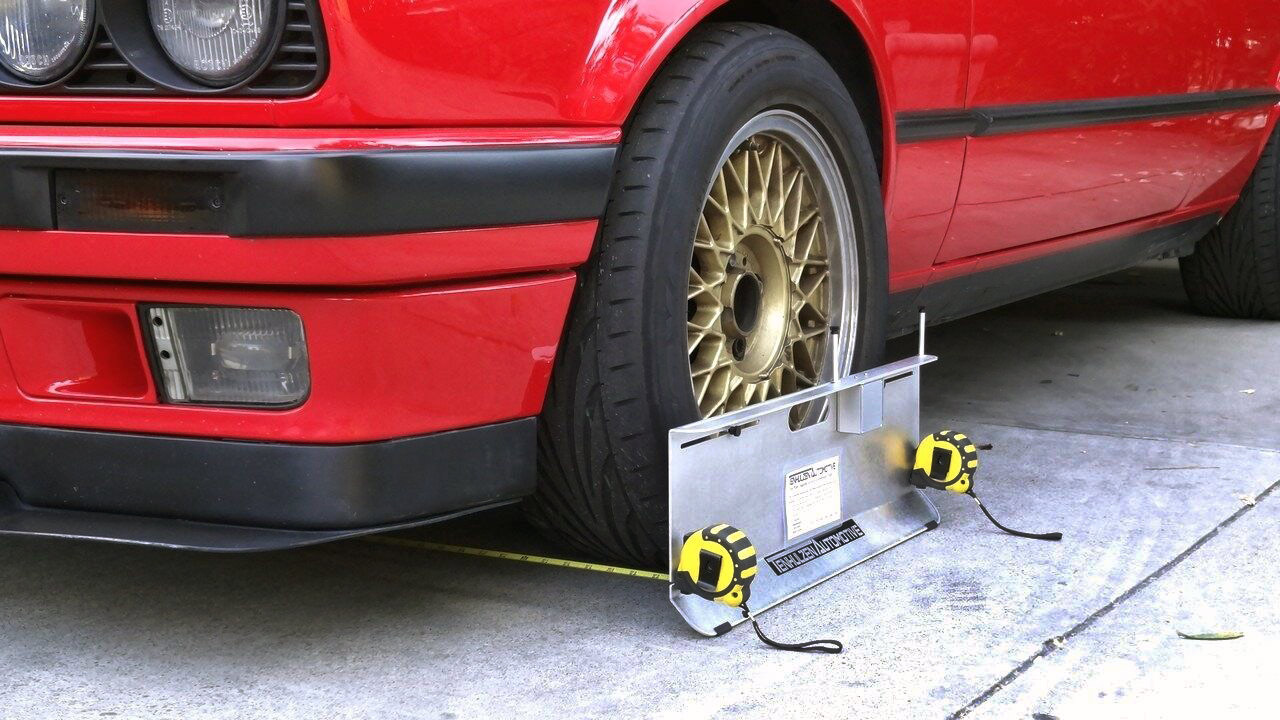
A set of toe plates help you adjust the alignment.
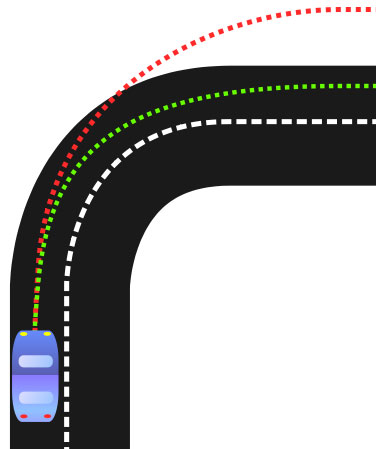
With understeer, the car doesn’t turn as much as a driver expects.
Fixing Understeer
The car doesn’t turn as much as a driver expects with understeer. To fix the problem, consider the following suspension modifications:
- Raise front tire pressure and reduce rear tire pressure.
- Reduce front ride height.
- Install shorter front tires and taller rear tires.
- Reduce front shock compression and increase rear shock compression.
- Increase front camber—the angle between the vertical axis of the wheels and the vertical axis of the vehicle. Also, increase toe-out—how the front of the wheel points away from the car’s centerline.
- Reduce front roll-bar stiffness and increase rear roll bar stiffness.
- Increase front track.
Improved driving skills can also resolve the problem. If you go into a corner too fast or find yourself skidding on a wet road, lift off the throttle slowly and apply a little braking going into the corner.
The keyword here is “little.” If you mash the brakes, you’ll upset the chassis and send yourself into a 360-degree spin. Light braking through the first part of the corner should bring the vehicle back under control.
Fixing Oversteer
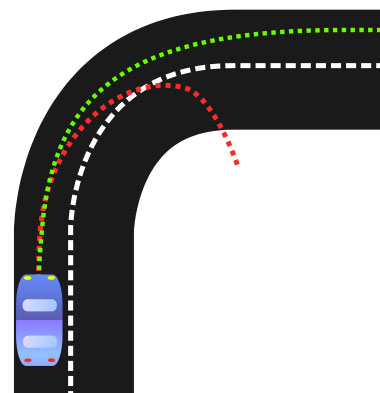
With oversteer, the driver turns the steering wheel slightly, and the back of the car cuts loose.
Some drivers like a bit of oversteer or looseness in the chassis. If you’re not a drifter at heart, the following are some chassis modifications to reduce oversteer.
- Increase front shock compression and install a bigger front roll bar.
- Increase rear wheel camber and toe-in; install a smaller or less stiff rear sway bar.
- Reduce rear ride height.
If you find your rear-wheel-drive car fish-tailing on icy winter roads, adding some weight in the back is an easy fix. Throw some sandbags in the trunk.
If you get stuck on a slippery patch, pour sand around the wheels to create traction. That will help you move the vehicle forward.
If you are driving a car close to its limits on dry pavement, you may experience oversteer if you go into a corner too fast, brake mid-corner, or lift off the throttle mid-corner.
The fix is to countersteer: turn the steering wheel in the direction of the skid. Counter-intuitive as this may seem, doing so will straighten out the wheels to regain control of the vehicle.
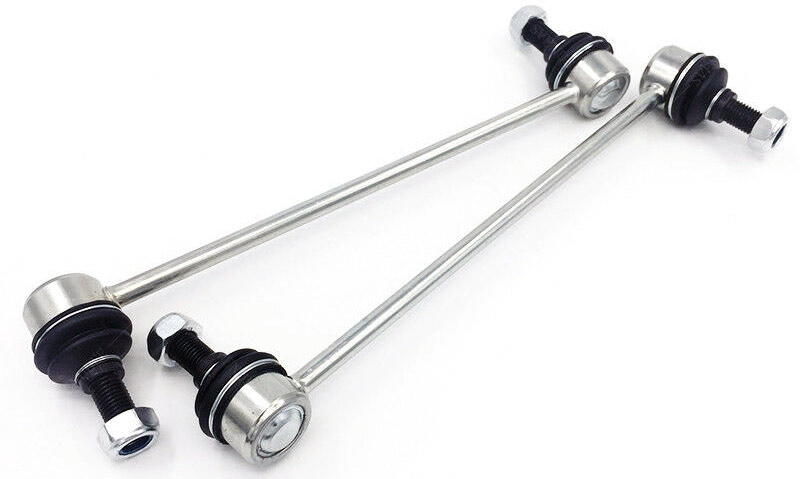
Sway bars improve a car’s handling around turns and corners, reducing oversteer and understeer.
Since you cannot get out of oversteer by braking and your time window to make this correction is limited, practice is important. Find a smooth, wide dirt path away from traffic to practice driving around corners. Take your time practicing small steering corrections to learn the limits of your car.

